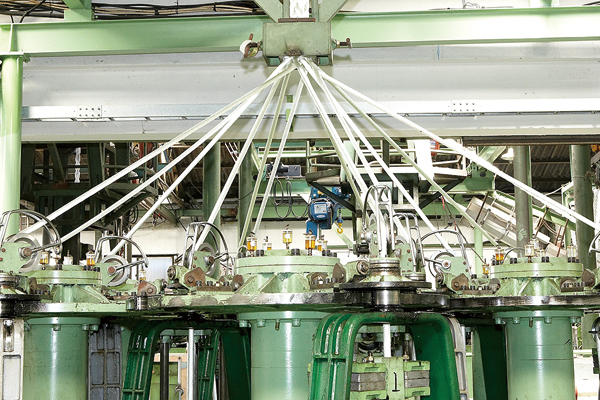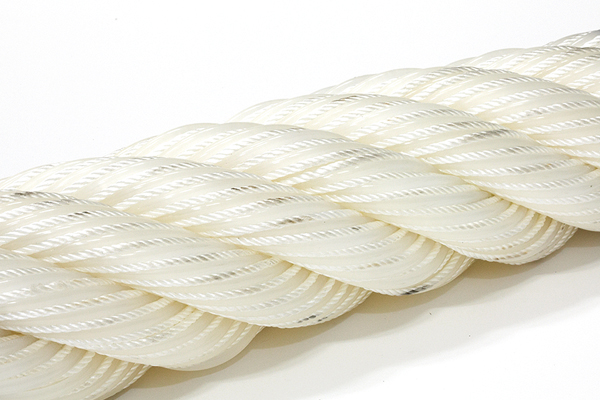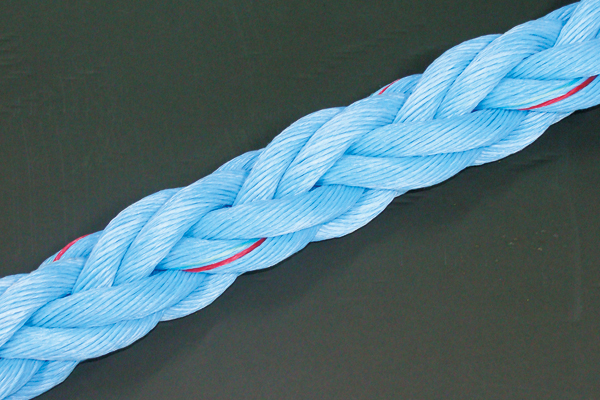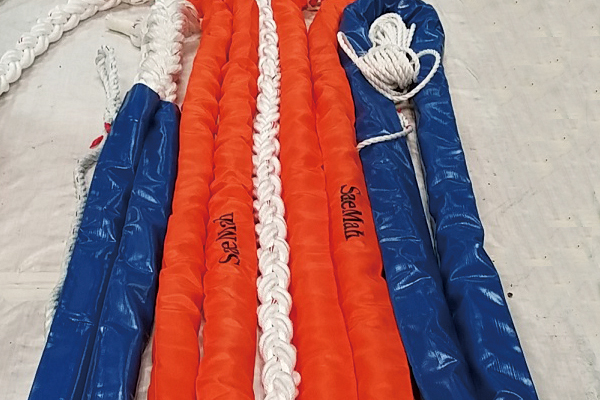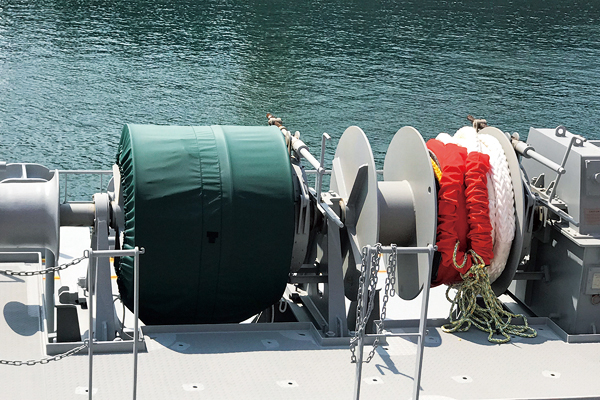-
Synthetic Fiber Rope
SIGMA Synthetic Fiber Rope Series
-
Description
The synthetic fiber rope is made from high-performance materials, offering excellent performance at an economical price. It is suitable for a wide range of general-purpose applications in various environments.
-
Features
-
Filter
- SIGMA
-
Patent
-
Note
The Synthetic Fiber Rope is made from high-performance synthetic fibers such as polyester, polypropylene, mixed one. It offers excellent performance at an economical price, making it suitable for a wide range of application. This rope provides both durability and flexibility, ensuring reliable performance in various environments. It is easy to install and widely trusted for its robust construction.
Key Features:
- Compliance with OCIMF regulations
- Conventional ropes
- Offers excellent durability and flexibility.
- Easy to install and handle.
Advantages:
- Cost-effective with high performance.
- Versatile for use in diverse environments.
-Every vessel shall have Ship Design MBL.
-Every vessel shall implement LineManagement Plan (LMP)
Newregulations and guidelines
The IMO Maritime Safety Committee (MSC) hasissued new requirements related towing and mooring equipment. The requirementsare incorporated in the amendments to SOLAS Regulation II-1/3-8 and will comeinto force on 1 January 2024.
• IMOMSC.1/Circ.1175/Rev.1, “Guidance on shipboard towing and mooring equipment”
This circular has been updated to nowinclude a reference to the calculation of the Ship Design Minimum Breaking Load(SDMBL). The update will apply to all vessels constructed after January 2024.The original document remains in effect for vessels built between January 2007and January 2024, and is not replaced by the revised version.
•IMO MSC.1/Circ.1619, “Guidelines on the design of mooring arrangements and theselection of appropriate mooring equipment and fittings for safe mooring”
These guidelines are applicable to allvessels constructed on or after 1 January 2024 and offer details on the designof mooring systems as well as the selection of mooring equipment, includinglines.
•IMO MSC.1/Circ.1620, “Guidelines for inspection and maintenance of mooringequipment including lines”
These guidelines are applicable to allvessels and provide guidance on the inspection and retirement of mooring lines,along with the criteria for replacing lines after their retirement.
Keydefinitions
|
Ship Design MBL (MBLSD, SDMBL) |
Ship Design Minimum Breaking Load. The minimum breaking load of new, dry, mooring lines for which shipboard fittings and supporting hull structures are designed in order to meet mooring restraint requirements.
|
|
LDBF |
Line Design Break Force. The minimum force that a new, dry, spliced mooring line will break at. (Wet for only nylon) 100-105% of SDMBL
|
|
TDBF |
Tail Design Break Force. The minimum force that a new, wet, spliced mooring tail will break at. 125-130% of SDMBL
|
|
WLL |
This is the maximum load that a mooring line should be subjected to in operational service, calculated from the standard environmental criteria. Steel wire rope : 55% of SDMBL / Synthetic rope: 50% of SDMBL
|
|
D/d |
The diameter, D, of a mooring fitting divided by the diameter, d, of a mooring line that is led around or through the fitting. The D/d ratio is used by mooring line manufacturers to specify the minimum radius of a fitting around or through which a mooring line of diameter "d" should be led, in order to reduce or mitigate bend loss of strength of the mooring line.
|
All ships are required to keep the LMP including;
1. Procedures for mooringoperation, inspection and maintenance of mooring equipment including mooringlines. 3.1 (3.1. Safe use of mooring equipment and fitting)
2. Procedures to allow theidentification and management of mooring lines, tails and associatedattachment. 3.3 (3.3. Control of mooring lines)
3. Manufacturers’ criteria formooring line replacement. 4.3.1 (4.3.1. Replacement of in-service mooringlines)
4. Records of mooring equipmentinspections and maintenance, and mooring line inspections and replacement.4.4.3 / 6.1 (4.4.3. Records of inspection and maintenance of equipment andfittings should be available on board. & 6.1. Records of inspection andmaintenance of mooring equipment and inspection and replacement of mooringlines)
5. Manufactures’ test certificatesfor mooring lines, joining shackles and synthetic tails. 6.2 (6.2 Certificate)
6. Records of the original mooringdesign concepts, equipment, arrangements and specifications. 4.4.4 (4.4.4.Records of original design concept, equipment, arrangement and specification.)
The transmission has failed.
-
There is a problem with the server and network.
Please contact us separately. - Close
Sending the email.
Please do not close the window and wait a moment.
The email has been sent.
We will respond shortly.
Thank you for visiting.- Close


